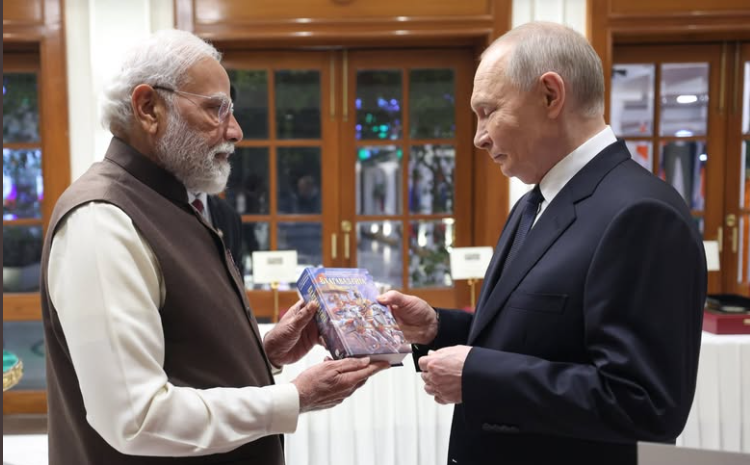India Surpasses China as Russia's Primary Oil Importer in July
- InduQin
- Aug 26, 2024
- 2 min read
In July, India surpassed China as the leading importer of Russian oil, with a 12% increase in crude imports compared to the previous year, reaching 2.07 million bpd. Indian refiners took advantage of discounted Russian oil amidst Western sanctions on Moscow. Trade ties between India and Russia have strengthened since the Russia-Ukraine conflict. This shift redirected Russian ESPO Blend crude flow to South Asia. Meanwhile, northeastern China saw reduced demand. Iraq remained India's second-largest oil supplier, with Middle East imports rising to 40% of India's oil mix in July.
In a significant shift, India emerged as the top destination for Russian oil imports in July, outpacing China, which scaled back purchases citing diminished profit margins in fuel production.
Insights from trade and industry sources unveiled that Indian acquisitions of Russian crude surged by 12% compared to the previous year, constituting 44% of India's total imports for the month and hitting a historic peak of 2.07 million barrels per day (bpd). This marked a 4.2% increase from June, showcasing the escalating demand.
Contrary to China's reduced intake, India's July oil imports from Russia surpassed China's, standing at 1.76 million bpd, encompassing both pipeline and shipment consignments. Indian refiners capitalized on discounted Russian oil amidst sanctions imposed by Western nations on Moscow and their consequent curtailed energy procurements following Russia's actions in Ukraine.
The burgeoning trade ties between India and Russia, particularly in oil and fertilizer imports, have intensified since the onset of the Russian-Ukrainian conflict in February 2022, fostering mutual economic benefits.
This surge in Indian purchases has redirected the flow of Russian ESPO Blend crude away from its traditional Chinese buyers towards South Asia. Notably, ESPO imports to India surged to 188,000 bpd in July, bolstered by the utilization of larger Suezmax vessels, as per the available data.
Conversely, refiners in northeastern China, historically prominent ESPO buyers due to geographical proximity, witnessed a slump in demand owing to subdued fuel requirements. Iraq retained its position as the second-largest oil supplier to India last month, trailing behind Saudi Arabia and the United Arab Emirates.
Statistics further indicated a 4% uptick in India's crude imports from the Middle East in July, elevating the region's contribution to India's overall oil mix from 38% in June to 40%, illustrating a diversified sourcing strategy.








Comments